The digital commerce landscape may be on the verge of its most significant convergence yet. Multiple industry analysts are reporting advanced discussions between TikTok and luxury fashion platform Farfetch about a potential acquisition that could redefine social shopping. While neither company has confirmed the talks, sources close to both organizations suggest a deal could be announced before the end of Q3 2024.
This potential merger represents more than just another corporate acquisition - it signals the coming together of two powerful but previously separate trends: the explosive growth of social commerce and the digital transformation of luxury retail. TikTok, with its 1.5 billion monthly active users and sophisticated recommendation algorithms, could provide Farfetch with something it has desperately needed: direct access to Gen Z and Alpha consumers who increasingly discover brands through social platforms rather than traditional channels.
Why This Deal Makes Strategic Sense
For Farfetch, the acquisition would come at a critical juncture. The luxury e-commerce pioneer has struggled with profitability despite its technological innovation and strong brand partnerships. TikTok's vast user base and superior engagement metrics could provide the missing piece - a ready-made audience of fashion-conscious young consumers already accustomed to making purchases directly within the app.
On the other side, TikTok has been aggressively building out its e-commerce capabilities but lacks Farfetch's luxury credentials, relationships with high-end brands, and sophisticated logistics network for premium goods. The Chinese-owned platform has faced particular challenges convincing European luxury houses to sell directly through its app. Farfetch's existing partnerships with nearly 1,400 luxury brands and boutiques worldwide would instantly solve this problem.
The Data Advantage
What makes this potential combination particularly powerful is the data synergy. TikTok's deep understanding of user preferences, combined with Farfetch's rich data on luxury purchasing behavior, could create an unprecedented advantage in personalization. Imagine a platform that knows not just what videos you engage with, but exactly which luxury items you're most likely to purchase based on your viewing history, social connections, and past buying behavior.
Industry observers note that this could finally crack one of luxury e-commerce's persistent challenges - the inability to recreate the highly personalized experience of in-store shopping at scale. With TikTok's AI-driven content discovery and Farfetch's product expertise, the merged entity could theoretically serve each user a bespoke selection of products matched perfectly to their tastes and budget.
Challenges and Potential Roadblocks
However, the deal isn't without its hurdles. Regulatory scrutiny will likely be intense, given TikTok's Chinese ownership through ByteDance and the sensitive nature of user data involved. There are also questions about cultural fit between Farfetch's London-based, luxury-focused team and TikTok's more casual, creator-driven environment.
Perhaps most significantly, luxury brands themselves may push back against what they could perceive as a loss of control. Many high-end houses have been cautious about social commerce, fearing it might dilute their carefully cultivated brand images. Convincing them that a TikTok-owned Farfetch can maintain the exclusivity and prestige they demand will be crucial to the deal's success.
Redefining Discovery and Purchase
If completed, this acquisition would accelerate the blurring of lines between content and commerce that's been underway for years. The traditional funnel where consumers discover products on social media but purchase elsewhere could collapse entirely. Instead, we might see the rise of what some analysts are calling "discovery commerce" - an environment where browsing, inspiration and purchasing happen in one continuous, seamless experience.
This could be particularly transformative for luxury fashion, where purchase decisions are often emotional and inspired by visual storytelling - exactly what TikTok excels at. Farfetch's inventory would give TikTok's creators an enormous catalog of high-end products to feature organically in their content, with purchasing just a tap away.
The Competitive Landscape
The potential deal has already sent shockwaves through the retail and tech sectors. Competitors from Amazon to LVMH are reportedly reassessing their social commerce strategies in response. Instagram, which has been developing its own shopping features, may need to accelerate its roadmap to keep pace.
For traditional e-commerce players, the threat is particularly acute. A TikTok-Farfetch combination could make standalone online stores seem antiquated overnight, especially for younger consumers who increasingly expect to shop wherever they spend their time online. This might force rapid consolidation across the sector as other platforms seek similar partnerships.
The Future of Social Commerce
Looking ahead, this potential acquisition could mark the beginning of a new era in digital retail. As social platforms mature, simply hosting branded content may no longer be enough. Owning the entire value chain - from discovery to delivery - could become the new standard, with TikTok positioning itself at the forefront of this evolution.
The implications extend beyond just fashion and luxury. If successful, we could see similar moves in other verticals where visual appeal and social influence drive purchases - beauty, home decor, even travel experiences. The boundaries between social media, entertainment, and commerce may disappear entirely, creating entirely new hybrid business models we're only beginning to imagine.
While the deal is not yet done, and many details remain unclear, one thing seems certain: the way we discover, evaluate, and purchase products online is about to change dramatically. The era of social shopping as we know it may be ending - and the age of immersive, algorithm-driven commerce could be just beginning.

By /Jul 24, 2025

By /Jul 24, 2025
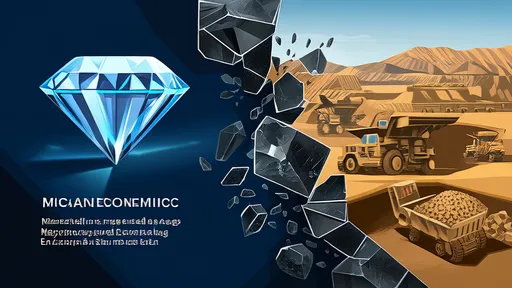
By /Jul 24, 2025

By /Jul 24, 2025

By /Jul 24, 2025

By /Jul 24, 2025

By /Jul 24, 2025
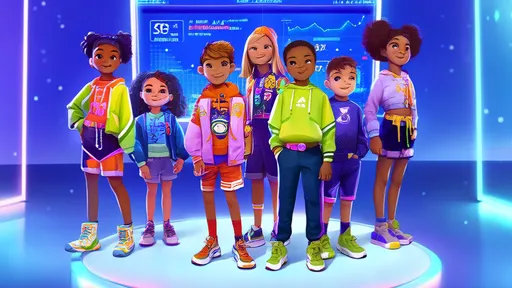
By /Jul 24, 2025

By /Jul 24, 2025

By /Jul 24, 2025
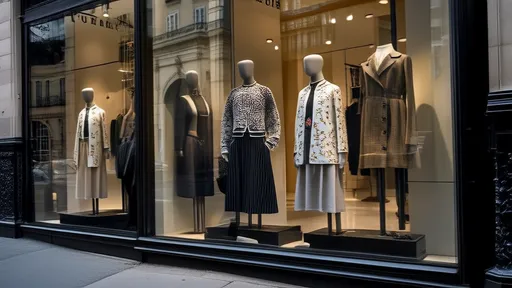
By /Jul 24, 2025
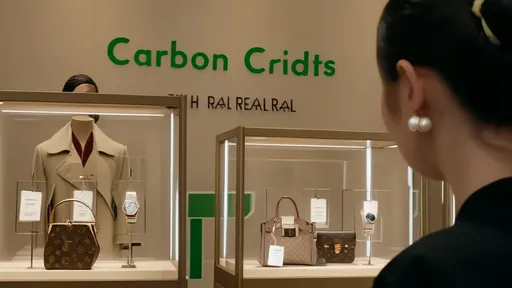
By /Jul 24, 2025

By /Jul 24, 2025
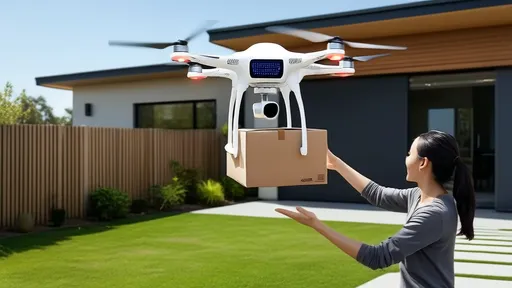
By /Jul 24, 2025
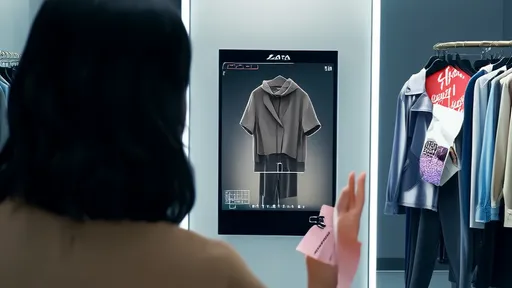
By /Jul 24, 2025

By /Jul 24, 2025
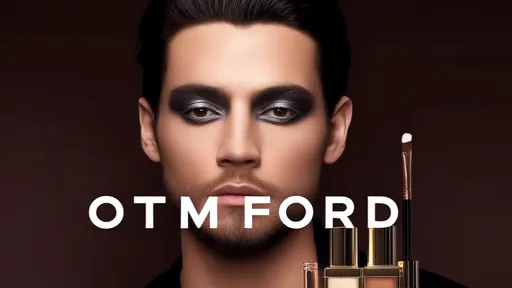
By /Jul 24, 2025

By /Jul 24, 2025